For years, third-party cookies have been the backbone of online tracking, enabling advertisers to target users across websites with remarkable precision. But that era is coming to an end. With growing concerns around data privacy, evolving consumer expectations, and the introduction of stricter regulations like GDPR and CCPA, third-party cookies are being phased out by major browsers.
This shift presents both a challenge and a unique opportunity, especially for B2B marketers. Without third-party data to rely on, businesses must turn inward and tap into one of their most valuable, underutilized assets: first-party data. This data is collected directly from customers and prospects through our owned channels, including websites, apps, emails, and CRM systems.
By prioritizing first-party data, B2B marketers can build more authentic, trust-based relationships with their audiences, gain deeper insights into customer behaviour, and craft more personalized, effective marketing strategies. In this new era, success will belong to those who know their audience best, and first-party data is the key to unlocking that advantage.
What Is First-Party Data?
First-party data is the information you collect directly from your audience through your own channels and touchpoints. Unlike third-party data, which comes from external sources, first-party data is gathered with user consent and is typically more reliable, relevant, and privacy-compliant.
You can collect first-party data through various interactions, including:
- Website behaviour: Tracking which pages users visit, how long they stay, and what content they download, such as whitepapers, case studies, or reports.
- CRM data: Information from sales conversations, lead history, and past purchases that helps tailor communication and refine customer journeys.
- Email engagement: Data on who opens your emails, which links they click, and what content resonates most, offering insights into user interests and intent.
- Event participation: Attendance records, survey responses, and engagement levels from webinars, virtual events, or in-person meetups provide useful context about your audience.
- Product interactions: Usage patterns and in-app behaviour that reveal how customers engage with your product or service, helping you optimize their experience.
When used effectively, first-party data empowers marketers to deliver personalized, meaningful experiences while staying aligned with data privacy standards.
Why First-Party Data Matters for B2B Marketers
In a world where data privacy is paramount and audience attention is scarce, first-party data offers B2B marketers a decisive advantage. Here’s how leveraging this direct, high-quality data can elevate your marketing strategy:
1. Target the Right People
First-party data is based on real user behaviour, not assumptions. This means your campaigns are grounded in actual interests and intent, allowing you to target the right individuals with greater precision. The result? Less budget wasted on irrelevant impressions and better-performing ads that resonate with decision-makers and influencers in your market.
2. Create Personalized Experiences
When you truly understand your audience—what they read, download, or attend—you can tailor messages that feel relevant and timely. Whether it’s sending personalized follow-ups after someone downloads a whitepaper or dynamically updating web content based on user behaviour, first-party data helps you create more meaningful, one-to-one interactions.
3. Improve Lead Quality
Not all leads are created equal. First-party data helps you identify engaged prospects by tracking high-intent actions like attending webinars, visiting pricing pages, or interacting with product demos. This allows you to prioritize leads based on real signals, resulting in better handoffs to sales and higher conversion rates.
4. Stay Privacy-Compliant
First-party data is collected with user consent, making it inherently more compliant with regulations such as GDPR, CCPA, and other global data protection laws. By building trust and honoring user preferences, you not only stay compliant but also create a more transparent relationship with your audience.
5. Gain Deeper Insights
Because it’s sourced directly from your audience, first-party data offers rich insights into what your customers care about, what problems they’re trying to solve, and how they engage with your brand. These insights help refine messaging, improve content strategy, and inform product development—all while keeping your marketing aligned with audience needs.
How B2B Marketers Are Using First-Party Data Today
B2B marketers are making the most of first-party data to create more targeted, personalized, and effective marketing strategies. Here’s a closer look at how real businesses are leveraging this valuable resource to boost performance and drive results:
1. Prioritizing High-Value Accounts with Behavioral Insights
Marketers are analyzing how their top accounts interact with their digital assets, such as their websites and other owned platforms. By monitoring actions like repeated visits to key pages, downloads of important resources, or time spent engaging with specific content, they can identify which accounts are showing the most interest. This allows sales and marketing teams to focus their efforts on prospects that are most likely to convert.
2. Intent-Based Outreach for Timely Engagement
With first-party data, marketers can detect when a potential buyer is actively researching their solutions. For example, if a prospect frequently visits product pages or downloads case studies, it signals strong buying intent. Marketers can then reach out at just the right moment with content or offers that are highly relevant to the prospect’s current needs, increasing the chances of moving them further down the sales funnel.
3. Personalized Email Campaigns
Instead of sending generic emails, marketers now segment their audiences based on specific actions, such as attending webinars or downloading particular articles. This allows them to create email campaigns that speak directly to each recipient’s interests and stage in the buying journey. Personalized emails are more engaging and tend to deliver higher open and conversion rates.
4. Precision Account-Based Marketing (ABM)
First-party data is essential for effective account-based marketing. Marketers use it to build detailed profiles of their target accounts, understanding their unique challenges, preferences, and engagement history. This enables them to deliver tailored messages and offers to the right stakeholders at the right time, making their outreach more relevant and impactful.
5. Improving Products Through Customer Feedback and Usage Data
By collecting feedback through surveys and analyzing how customers use their products, businesses gain valuable insights into what works and what doesn’t. This information helps product teams refine features, address pain points, and enhance the overall customer experience, leading to better products and higher customer satisfaction.
6. Smarter Lead Scoring and Segmentation
First-party data allows marketers to score leads more accurately based on behaviors such as content downloads, demo requests, and email engagement. Leads can be segmented by factors like intent, industry, or company size, allowing for more effective targeting and follow-up. This ensures that sales teams focus on the most promising opportunities.
7. Optimizing Retargeting and Ad Campaigns
Rather than relying on third-party cookies, marketers are using first-party data to create custom audiences for retargeting. For example, visitors who checked out pricing information but didn’t make a purchase can be shown tailored ads or receive follow-up communications, improving the effectiveness of advertising spend.
HT One by HT Media: Your First-Party Data Powerhouse
HT One is HT Media’s first-party data platform built to help marketers like you reach specific, high-intent audiences. Here’s how it supports your strategy:
- Access to 140M+ verified users across HT Media’s digital ecosystem.
- 50+ curated audience cohorts (e.g., B2B decision-makers, finance professionals, auto buyers).
- Data from 20+ trusted platforms, including Hindustantimes.com, Livemint.com, and others.
- Daily insights from 100M+ events, processed through HT’s own Customer Data Platform (CDP).
- Proven performance: Case studies show brands achieving 2x industry-average CTRs using HT One targeting.
Whether you’re in BFSI, tech, auto, or lifestyle, HT One Audience helps you deliver campaigns that hit the mark.
Getting Started: How to Build a First-Party Data Strategy
Building a strong first-party data strategy is essential in today’s privacy-first landscape. It not only helps you better understand your audience but also strengthens your overall marketing performance. Here are the key steps to get started:
1. Audit Your Existing Data
Start by identifying what data you already have—where it’s coming from, how it’s stored, and how it’s being used. Look across your CRM, email platform, website analytics, event tools, and product usage data to build a complete inventory. This will help you uncover gaps, eliminate duplicates, and set the foundation for smarter data use.
2. Leverage the Right Tools
Invest in tools that help you gather, organize, and activate first-party data effectively. A customer data platform (CDP) or marketing automation system can unify data from various sources and give you a holistic view of your audience. The right tech stack also enables segmentation, personalization, and real-time targeting.
3. Ensure Privacy and Compliance
Transparency is key. Make sure your data collection practices align with regulations like GDPR, CCPA, and other global standards. Always collect data with clear user consent and provide easy options to manage preferences. Privacy-compliant data isn’t just about legality—it’s also about building trust.
4. Align Teams Around Data
First-party data isn’t just a marketing asset—it impacts sales, customer service, and product development too. Bring cross-functional teams together to share insights, align on strategy, and ensure that everyone—from IT to sales—is working from the same data playbook.
Conclusion
As third-party data continues to lose its relevance due to browser restrictions and rising privacy expectations, first-party data is emerging as the most valuable asset for forward-thinking marketers.
For B2B organizations, now is the time to take action. Investing in a first-party data strategy not only ensures compliance with global privacy standards but also unlocks deeper customer insights, better targeting, and more personalized experiences.
The shift may feel complex, but the benefits are clear: stronger relationships, smarter campaigns, and a competitive edge in an increasingly data-conscious world. Start building your strategy today—and let your own data become your most powerful marketing tool.
Frequently Asked Questions
In B2B marketing, what is first-party data?
First-party data is information that a company collects directly from its own audience, such as customers, website visitors, or event attendees. This data is gathered through channels like websites, CRM systems, emails, events, or product usage, and is willingly provided by the audience. Because the company owns this data and it comes from real interactions, it is highly accurate and relevant.
What makes first-party data better than third-party data?
First-party data is more accurate and reliable because it is based on direct interactions with your brand, reflecting genuine customer preferences and behaviors. Unlike third-party data, which is bought from external sources and may not be as precise, first-party data is owned and controlled by your business. It also helps you comply with privacy regulations like GDPR and CCPA, since it is collected with explicit consent from your audience.
How should B2B marketers make the most of their first-party data?
B2B marketers can use first-party data to better target their audience, personalize content and offers, score and segment leads for more effective sales follow-up, and run privacy-safe campaigns that build trust. This data can also help improve return on investment by focusing marketing efforts on the most engaged and relevant prospects, leading to higher conversion rates and stronger customer relationships.
What sets HT One by HT Media apart when using first-party data?
HT One by HT Media provides access to a large and high-quality audience, reaching over 140 million users across more than 50 audience segments. This allows brands to target specific business decision-makers and professionals, and run campaigns on trusted platforms like Livemint and Hindustan Times. Marketers can also ensure their messaging is consistent across print, digital, and social channels, and use data-driven insights to enhance campaign performance.
How do I begin creating a strategy for first-party data?
To start, review the data you already collect and where it is stored, such as your website, CRM, or event registrations. Set clear goals for what you want to achieve, like better targeting or higher engagement. Integrate your data from all sources so your teams can use it as a unified resource, and make sure your data collection and usage comply with privacy laws. Platforms like HT One can help you analyze, segment, and activate your data for more effective marketing campaigns. By focusing on first-party data, you can create more relevant, personalized, and effective strategies that drive real business results while maintaining compliance.
Ready to take your brand to the next level? Connect with us today to explore how HT Media can amplify your presence across our diverse portfolio of 25+ brands and properties. Let's turn your brand vision into reality!

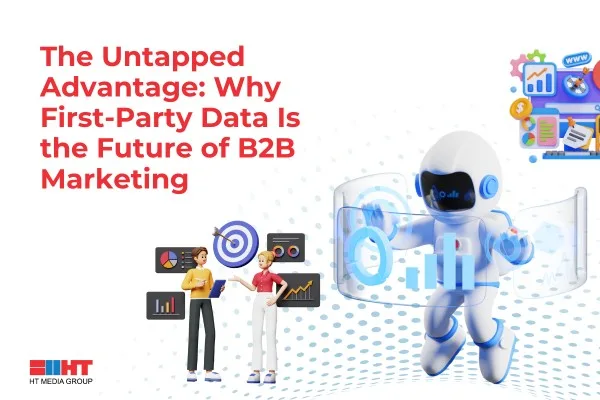


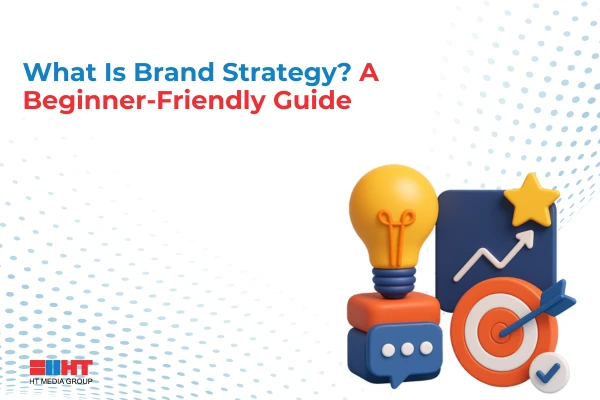
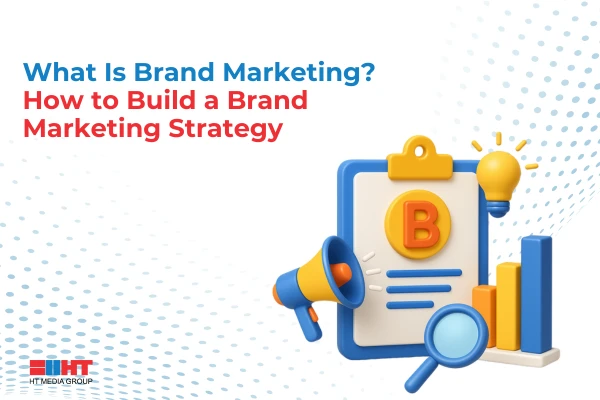
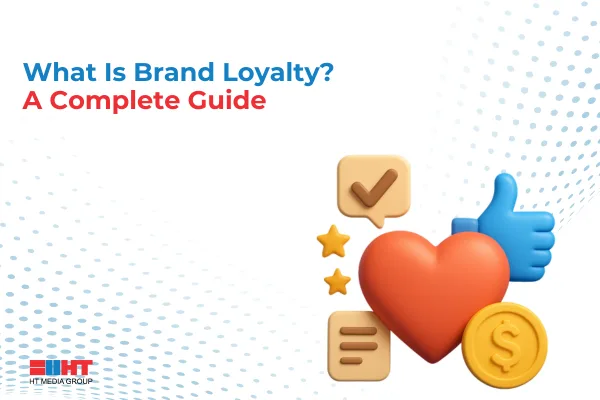
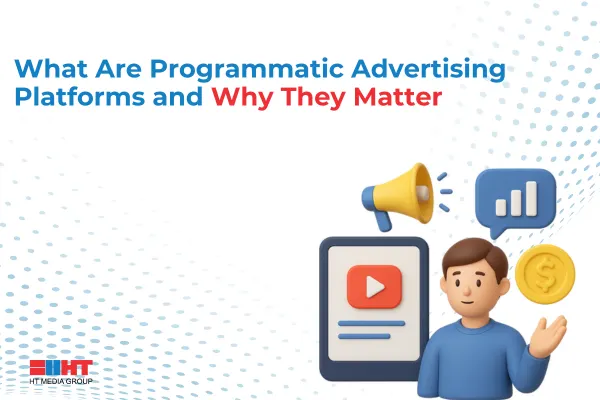
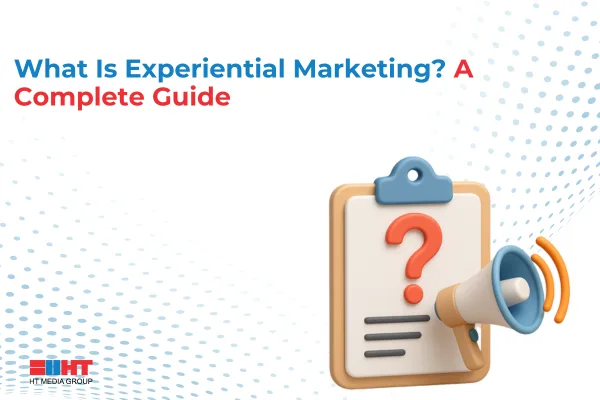
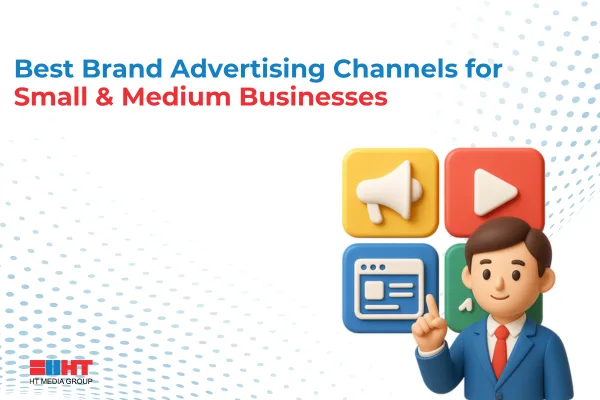

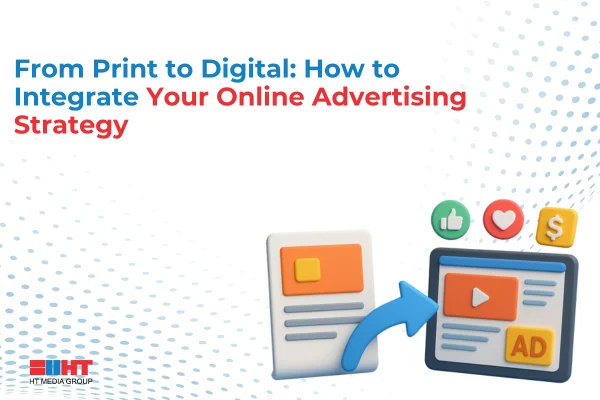
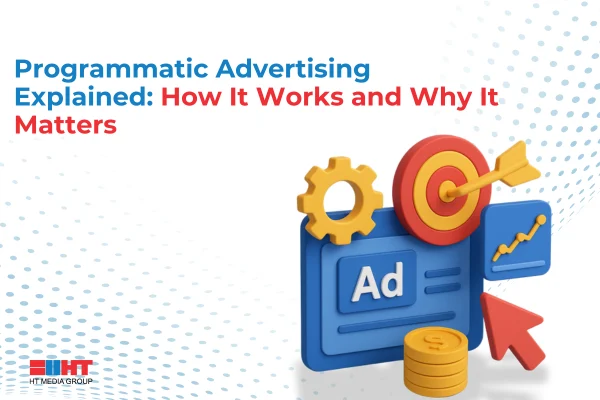
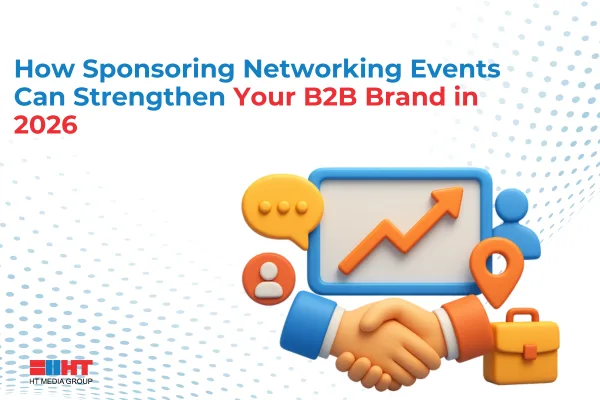
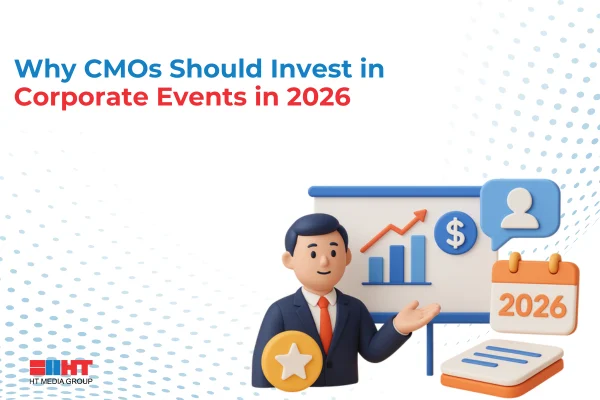
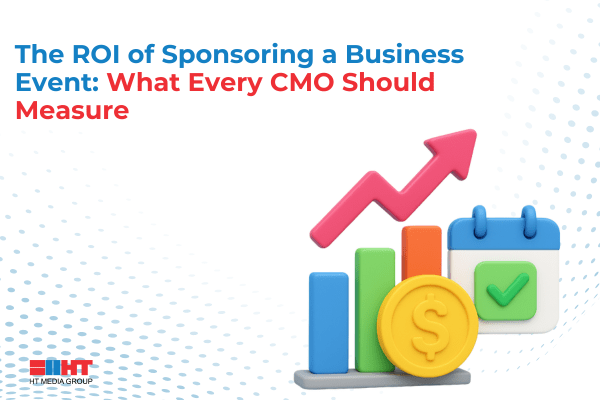

Comment